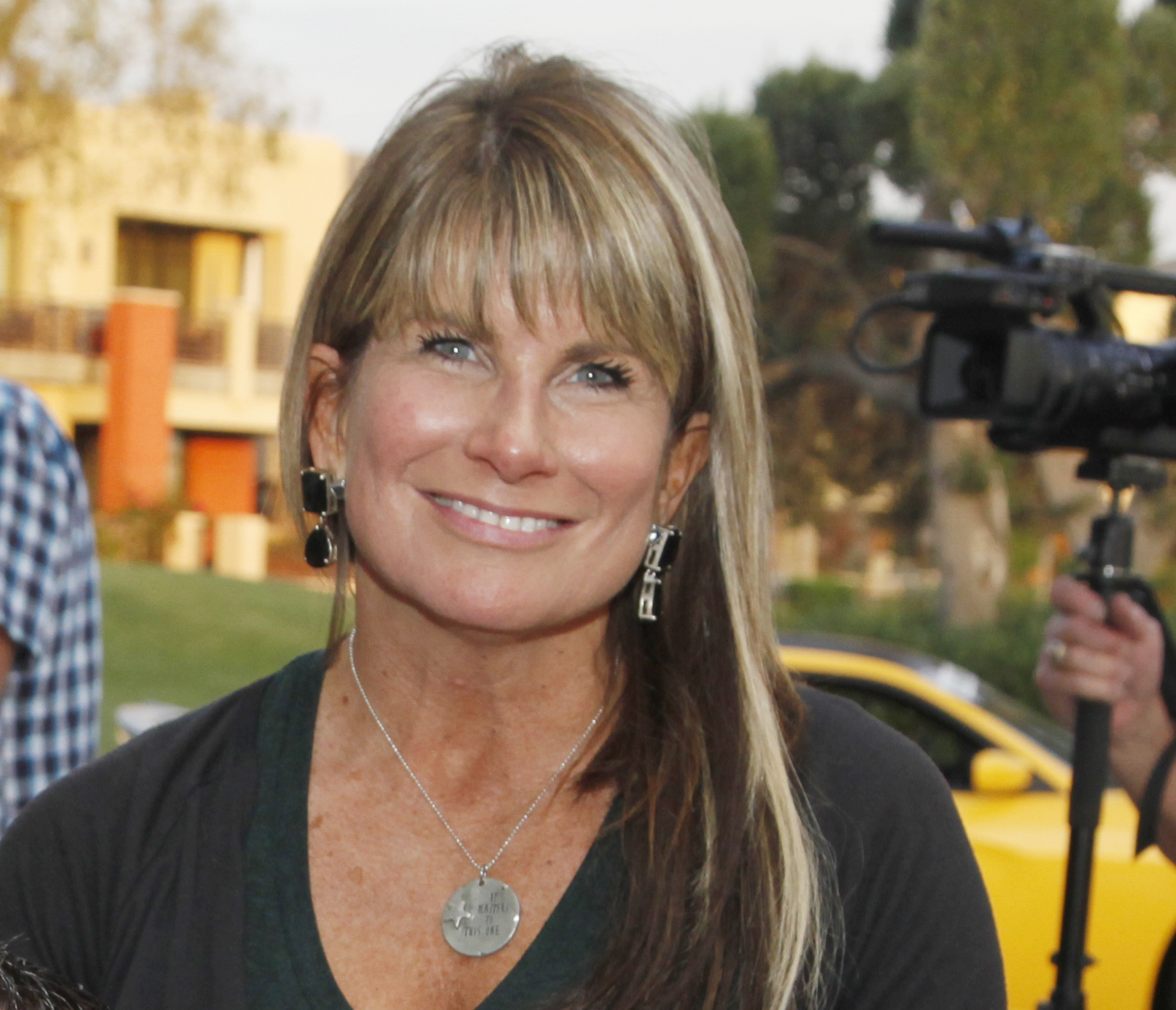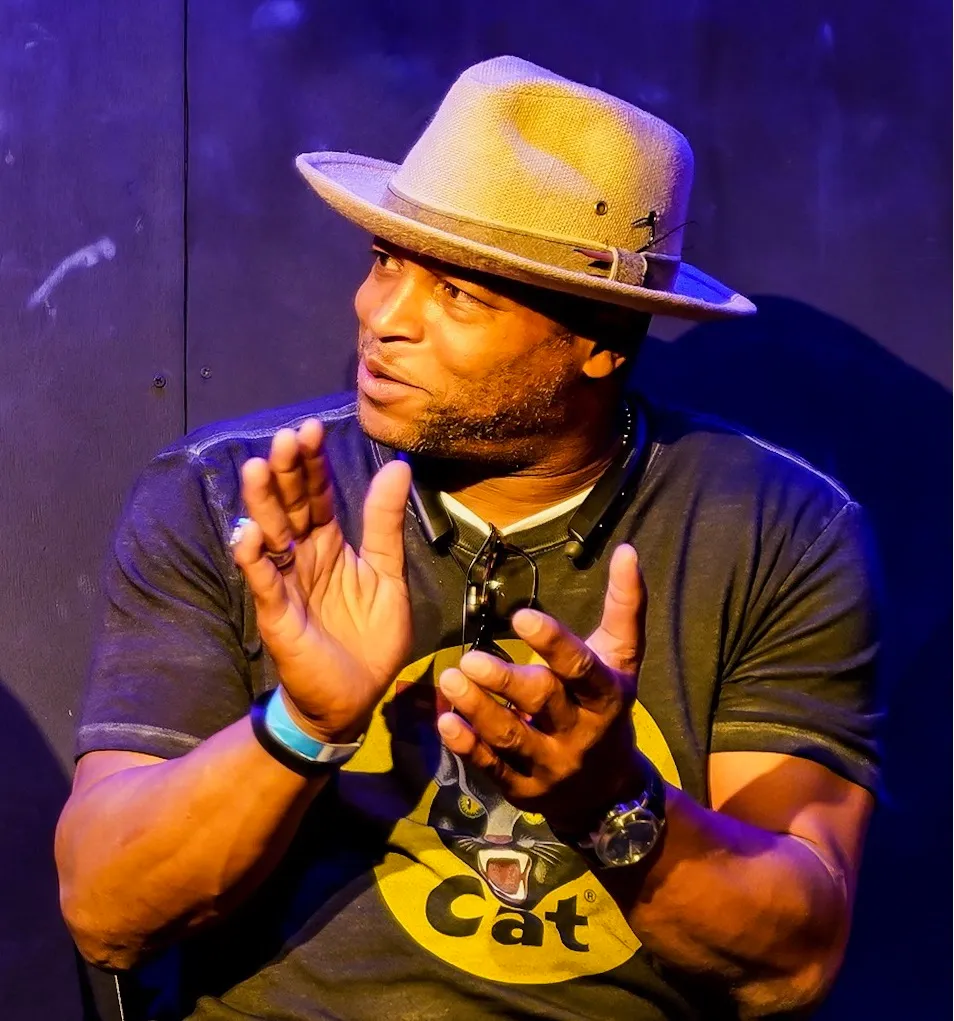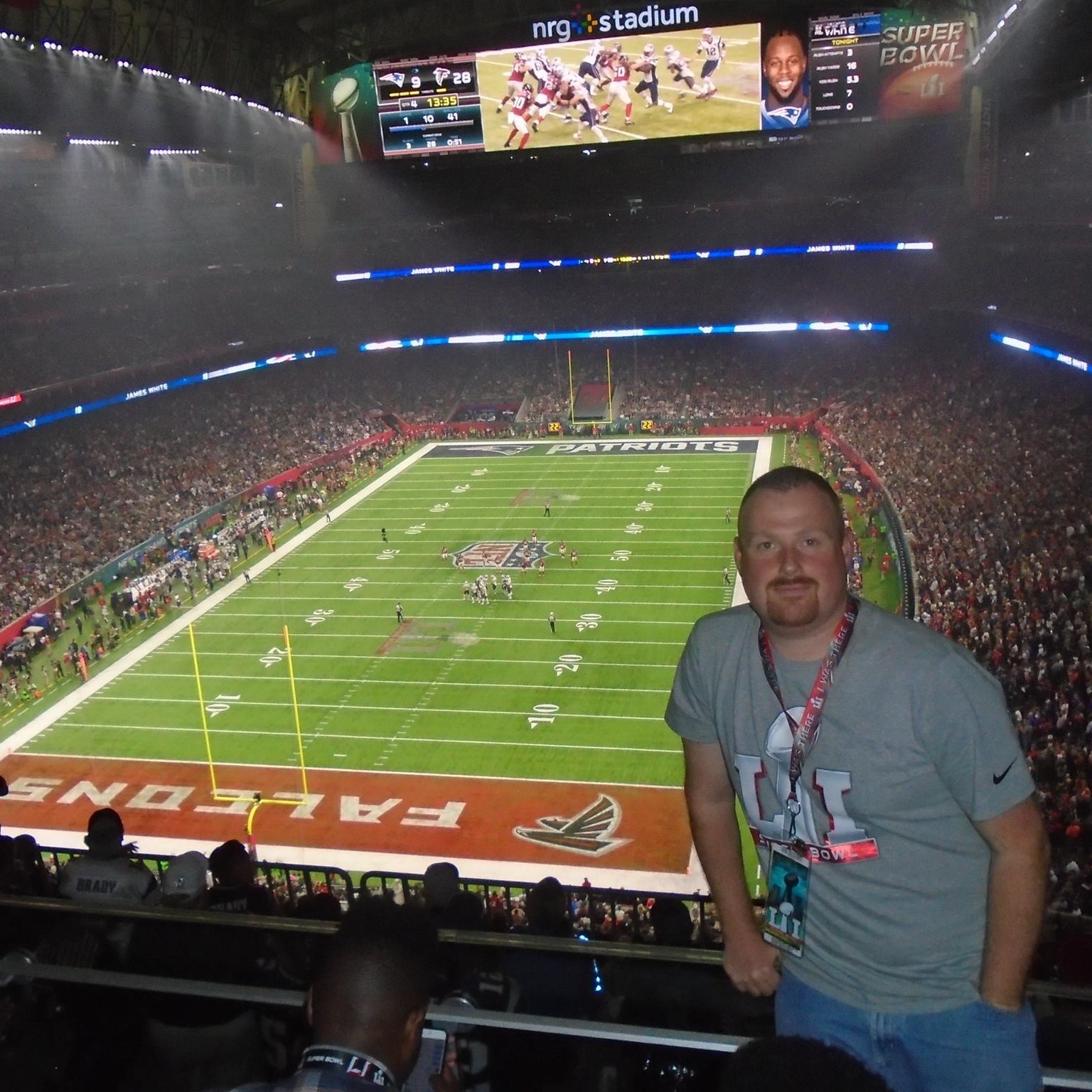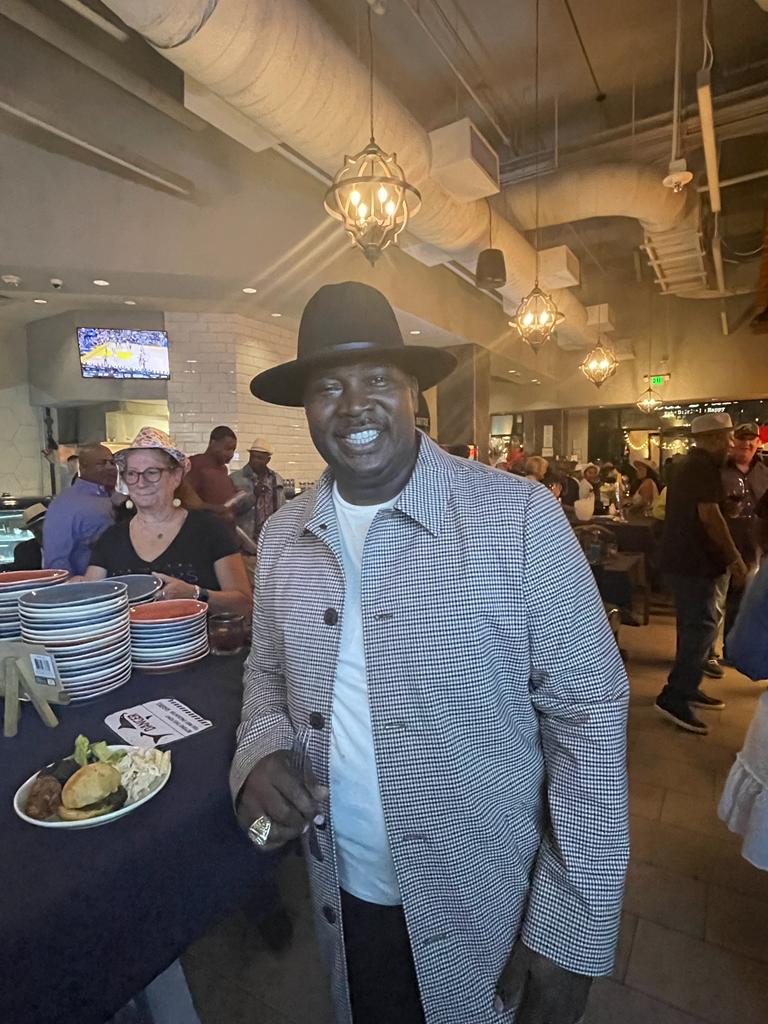Our Team

With more than 25 years as a marketing professional and a lifetime as a sports fan, Rita co-founded Stride Marketing. Throughout her career, Rita has been instrumental in helping companies – from across the Americas and throughout the world — Fiding your Stride.
In addition to marketing experience, Rita has an impressive public relations and corporate responsibility (CR) background. Her relationships with executives and major corporations, media outlets and nonprofit organizations (including those led by current and former pro athletes) are helping CORE grow at an impressive rate.
Prior to co-founding Stride Marketing, Rita served as Americas Director of Community Engagement for Ernst & Young, a global accounting firm with $25 billion in annual revenue. There she directed regional charitable giving and volunteerism for North and South America, as well as Israel, in the company’s (then) three focus areas: education, entrepreneurship and the environment.
Rita received her undergraduate and graduate degrees in Communication from the University of St. Thomas. She organized her first community fundraiser at the age of six, The rest, as they say, is history. Rita joined the board of directors of MDA in Houston at the age of 23, and has served on several boards since, including Boys & Girls Clubs, March of Dimes and Jim Brown’s Amer-I-Can Foundation.
Currently, Rita donates her time to organizations such as Pat & Emmitt Smith Charities, The Fairman Adams Project, Taylor Gabriel Foundation, and Game Changers Worldwide. Rita lives in Double Oak, Texas, and has one son. She is originally a small town in Western Pennsylvania, and considers that “home.”
Larry Centers
Prior to partnering with Stride Marketing, Larry Centers spent 14 years as a player in the National Football League (NFL), followed by 12 years as an investor and operator in residential real estate. Today, Larry spends most of his time in the sports media and marketing space, as well as delivering thought-provoking and inspirational content through his website, LarryCenters.com
One of the most prolific pass-catching running backs in football history, Larry played nine seasons for the Arizona Cardinals (1990-1998), and went on to play for the Washington Redskins (1999-2000), Buffalo Bills (2001-2002), and New England Patriots (2003-2004). Ending an outstanding career on top, Larry served as a member of the Patriots’ second Super Bowl team, earning a ring in Super Bowl XXXVIII.
Larry’s 827 career receptions are currently the most by any running back in NFL history, and the third most by any non-wide receiver. This is particularly impressive, as Larry was a fullback, and spent much of his time blocking. In fact, Larry has more career receptions than 8 of the 15 wide receivers currently in the Pro Football Hall of Fame. Larry topped 100 receptions in 1995 (the first NFL running back to do so), and had 99 receptions in 1996. He was also selected to the Pro Bowl three times (1995, 1996 and 2001).
Prior to joining the NFL, Larry attended Stephen F. Austin State University, where he served as an integral part of the team’s offense, and caught the attention of several NFL recruiters. He is a long-time supporter of the Boys & Girls Clubs, and supports many other organizations including the Kevin Turner Foundation, Prostate On-Call Project, Miracle for Mom and Game Changers Worldwide. Larry lives in Grand Prairie, Texas, and has five children (three of whom have played or are playing collegiate sports). He is originally from a small town in East Texas, and considers that “home.”


Larry Centers
Prior to partnering with Stride Marketing, Larry Centers spent 14 years as a player in the National Football League (NFL), followed by 12 years as an investor and operator in residential real estate. Today, Larry spends most of his time in the sports media and marketing space, as well as delivering thought-provoking and inspirational content through his website, LarryCenters.com
One of the most prolific pass-catching running backs in football history, Larry played nine seasons for the Arizona Cardinals (1990-1998), and went on to play for the Washington Redskins (1999-2000), Buffalo Bills (2001-2002), and New England Patriots (2003-2004). Ending an outstanding career on top, Larry served as a member of the Patriots’ second Super Bowl team, earning a ring in Super Bowl XXXVIII.
Larry’s 827 career receptions are currently the most by any running back in NFL history, and the third most by any non-wide receiver. This is particularly impressive, as Larry was a fullback, and spent much of his time blocking. In fact, Larry has more career receptions than 8 of the 15 wide receivers currently in the Pro Football Hall of Fame. Larry topped 100 receptions in 1995 (the first NFL running back to do so), and had 99 receptions in 1996. He was also selected to the Pro Bowl three times (1995, 1996 and 2001).
Prior to joining the NFL, Larry attended Stephen F. Austin State University, where he served as an integral part of the team’s offense, and caught the attention of several NFL recruiters. He is a long-time supporter of the Boys & Girls Clubs, and supports many other organizations including the Kevin Turner Foundation, Prostate On-Call Project, Miracle for Mom and Game Changers Worldwide. Larry lives in Grand Prairie, Texas, and has five children (three of whom have played or are playing collegiate sports). He is originally from a small town in East Texas, and considers that “home.”

Ben McMahon
Raised in England, Ben McMahon has been an American Football fan since the age of four – when all he wanted for Christmas was a Dan Marino jersey and helmet! Ben met Rita Mort and Larry Centers when the Super Bowl was in Houston in 2017 and has been affiliated with Stride ever since.
Prior to joining Core, Ben served as Global Development Manager of Equilibria in Sports, a division of the personality diversity consulting organization Equilibria. This company works with individuals, corporations, and teams to identify and maximize strengths, and recognize and address potential limiters. In short, they help everyone achieve their full potential, and maximize their contributions to any group – both professional and personal.
Ben is also a professional photographer and uses this skill to create impactful display and video communications collateral for Core clients. He is also a former championship coach with the British American Football Coaches Association and remains an avid American Football Fan.
Today, Ben resides in Spain with his wife, Aisha, who is a professional singer. He leads all Stride operations in Europe, which includes anything Stride does related to NFL games played in London.
Kenny Gant
Kenny Gant joins Stride after a successful NFL career, including two Super Bowl Championships with the Dallas Cowboys. He also played one year with the Tampa Bay Buccaneers. Kenny played safety throughout his career & is known for his signature “Shark” dance.
A proud graduate of Albany State University in Georgia, Kenny lived in Florida for a number of years before returning to the Dallas area. Kenny has a nonprofit organization called Shark 29 charities which helps victims of domestic violence. He founded the charity in memory of sister, Cynthia, who lost her life to domestic violence.
Kenny hosts the Shark Shootout Celebrity Golf Tournament each year to benefit his charity. He is also a frequent star in Locker Room Laughs which Stride produces on behalf of Game Changers Worldwide, which raises money for education, economic empowerment and social justice.


Kenny Gant
Kenny Gant joins Stride after a successful NFL career, including two Super Bowl Championships with the Dallas Cowboys. He also played one year with the Tampa Bay Buccaneers. Kenny played safety throughout his career & is known for his signature “Shark” dance.
A proud graduate of Albany State University in Georgia, Kenny lived in Florida for a number of years before returning to the Dallas area. Kenny has a nonprofit organization called Shark 29 charities which helps victims of domestic violence. He founded the charity in memory of sister, Cynthia, who lost her life to domestic violence.
Kenny hosts the Shark Shootout Celebrity Golf Tournament each year to benefit his charity. He is also a frequent star in Locker Room Laughs which Stride produces on behalf of Game Changers Worldwide, which raises money for education, economic empowerment and social justice.
